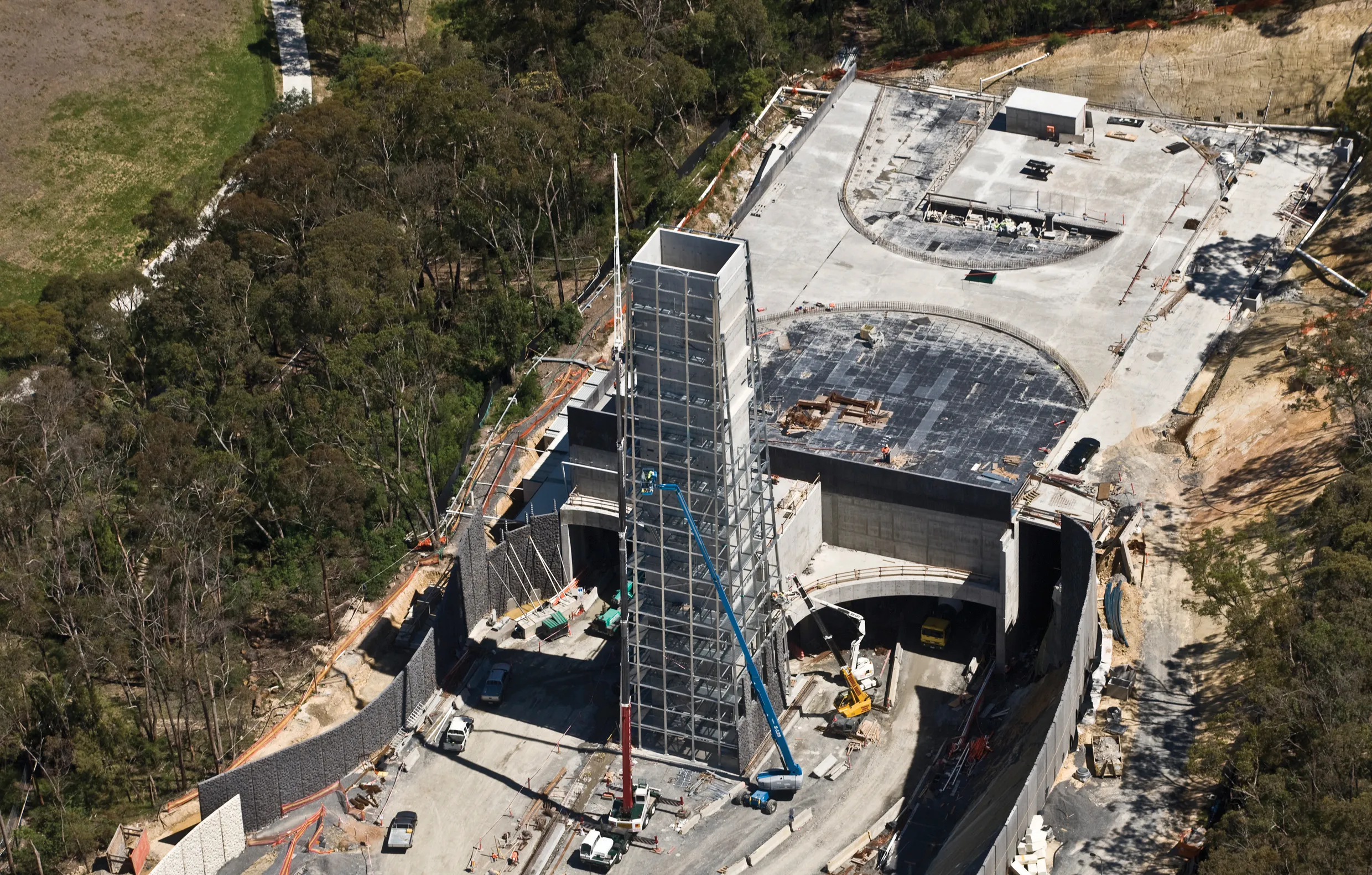Northern Ireland construction company, Lagan Construction, is celebrating its part in two major infrastructure projects in Ireland.
The company said that the openings of the A1 dual carriageway bypass at Newry, Northern Ireland, and the Limerick Tunnel, Republic of Ireland, were major achievements, and had employed 350 people over the past four years.
The €138 million Newry bypass, commissioned by the Roads Service in December 2007 and completed five months ahead of schedule, was delivered by Amey Lagan
May 10, 2012
Read time: 2 mins
RSSNorthern Ireland construction company, Lagan Construction, is celebrating its part in two major infrastructure projects in Ireland.
The company said that the openings of the A1 dual carriageway bypass at Newry, Northern Ireland, and the Limerick Tunnel, Republic of Ireland, were major achievements, and had employed 350 people over the past four years.
The €138 million Newry bypass, commissioned by the2337 Roads Service in December 2007 and completed five months ahead of schedule, was delivered by 2958 Amey Lagan Roads, with the new works undertaken by Lagan Ferrovial, a joint venture between 2340 Lagan Construction and 2717 Ferrovial Agroman Ireland. The bypass is likely to reduce journey times between Belfast and Dublin [the Irish capital] to less than two hours.
The €605 million, 675m long twin-tube Limerick Tunnel bypass project under the River Shannon was delivered three months early on a Public Private Partnership (PPP) basis by DirectRoute Limerick, a consortium made up of Lagan Construction, John Sisk & Son,945 Strabag and 5487 RoadBridge. Work started in 2006.
The tunnel, which with link roads totals 10km, was built using immersed tubes, and will divert 40,000 vehicles a day from Limerick city centre.
The company said that the openings of the A1 dual carriageway bypass at Newry, Northern Ireland, and the Limerick Tunnel, Republic of Ireland, were major achievements, and had employed 350 people over the past four years.
The €138 million Newry bypass, commissioned by the
The €605 million, 675m long twin-tube Limerick Tunnel bypass project under the River Shannon was delivered three months early on a Public Private Partnership (PPP) basis by DirectRoute Limerick, a consortium made up of Lagan Construction, John Sisk & Son,
The tunnel, which with link roads totals 10km, was built using immersed tubes, and will divert 40,000 vehicles a day from Limerick city centre.







